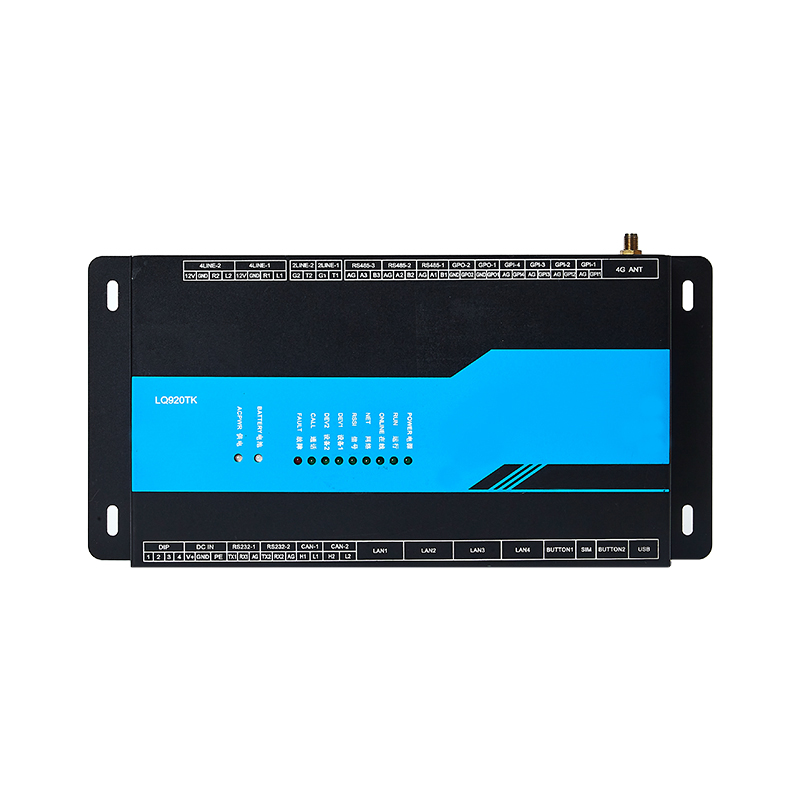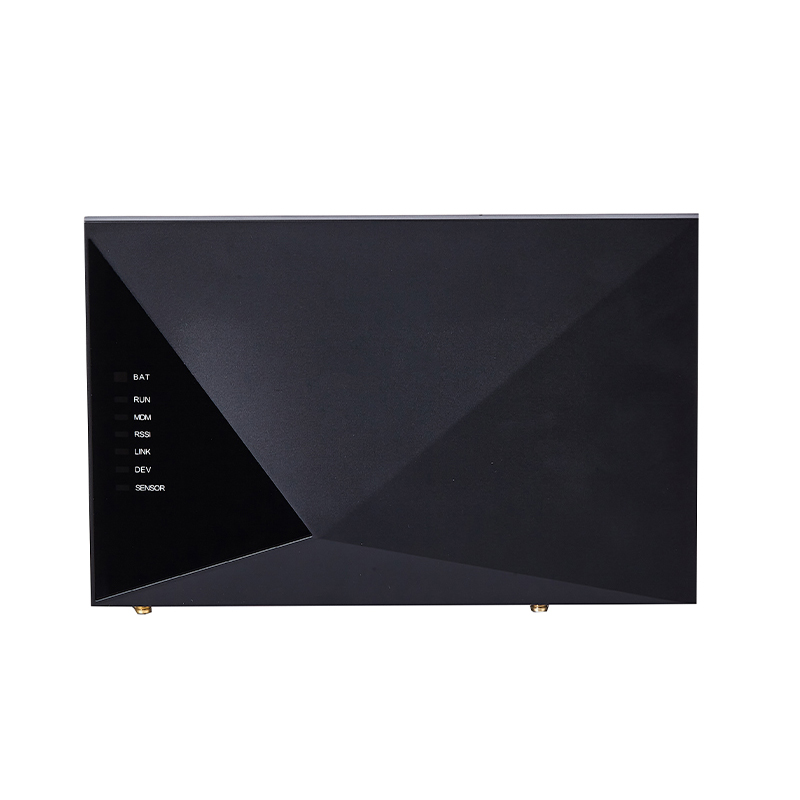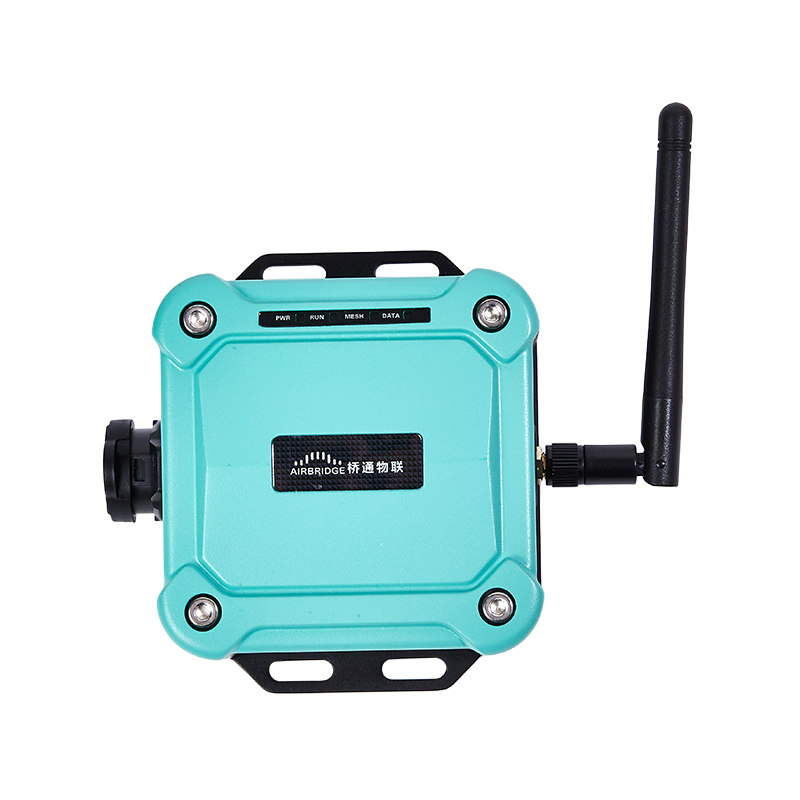How does IoT Gateway reduce cloud data transmission pressure through local caching?
Release Time : 2025-08-06
IoT Gateway effectively reduces data transmission pressure on the cloud through local caching, a benefit particularly evident in scenarios with large-scale device connectivity. In IoT systems, directly uploading all the real-time data generated by numerous end devices to the cloud would result in excessive network bandwidth usage and excessive cloud processing load. Local caching, however, reduces unnecessary cloud-to-cloud interactions by temporarily storing and processing data at the gateway level.
Local caching can filter out duplicate data generated by devices. Many IoT devices periodically report status data, much of which may not change significantly over a short period of time. IoT Gateway caches historical data, compares newly generated data with the cached content, and transmits it to the cloud only when significant changes are detected, thus avoiding duplicate data that consumes network resources. This mechanism makes the data received by the cloud more valuable while reducing transmission frequency and alleviating network congestion.
For data with less real-time requirements, IoT Gateway can use local caching to enable batch transmission. For data that does not require immediate upload, the gateway can temporarily store this data in the local cache and upload it all at once after a certain amount has accumulated or a preset interval has passed. This batch transmission method reduces the number of data transmissions and the frequency of establishing and disconnecting network connections, thereby conserving network resources and alleviating the pressure on the cloud to continuously receive fragmented data.
When network fluctuations or brief outages occur, local caching can act as a data buffer. If device-generated data cannot be uploaded to the cloud in a timely manner, the gateway will temporarily store this data locally and retransmit the cached data to the cloud after the network is restored. This mechanism prevents data loss and mitigates the impact of a sudden influx of data to the cloud after network recovery, ensuring smoother and more orderly data transmission and stable operation of cloud services.
IoT Gateways also use local caching to pre-process data at the edge, reducing the amount of uploaded data. They perform preliminary analysis and compression on the cached raw data, extracting key information before transmitting it to the cloud, rather than uploading the entire raw data. This data streamlining not only reduces the amount of transmitted data but also reduces the burden of data parsing and processing on the cloud, allowing the cloud to more efficiently focus on core business analysis and improving overall system efficiency.
Local caching supports local interaction between devices and the gateway, reducing reliance on the cloud. When a device needs to retrieve historical data or perform simple coordinated control, it can directly retrieve the relevant information from the gateway's local cache, eliminating the need to request cloud services each time. This localized interaction significantly reduces cross-network data transmission, especially in scenarios with frequent inter-device interactions. It significantly reduces cloud access pressure while improving response speed.
Over long-term operation, the local cache's intelligent scheduling mechanism continuously optimizes data transmission strategies. The gateway dynamically adjusts the timing and order of cached data uploads based on network conditions, data priority, and cloud load, prioritizing the transmission of important data and delaying the transmission of non-urgent data. This flexible scheduling method allows data transmission to better meet actual needs, avoids the pressure on the network and cloud caused by unplanned transmission, ensures optimal resource allocation, and ensures the efficient and stable operation of the IoT system.







